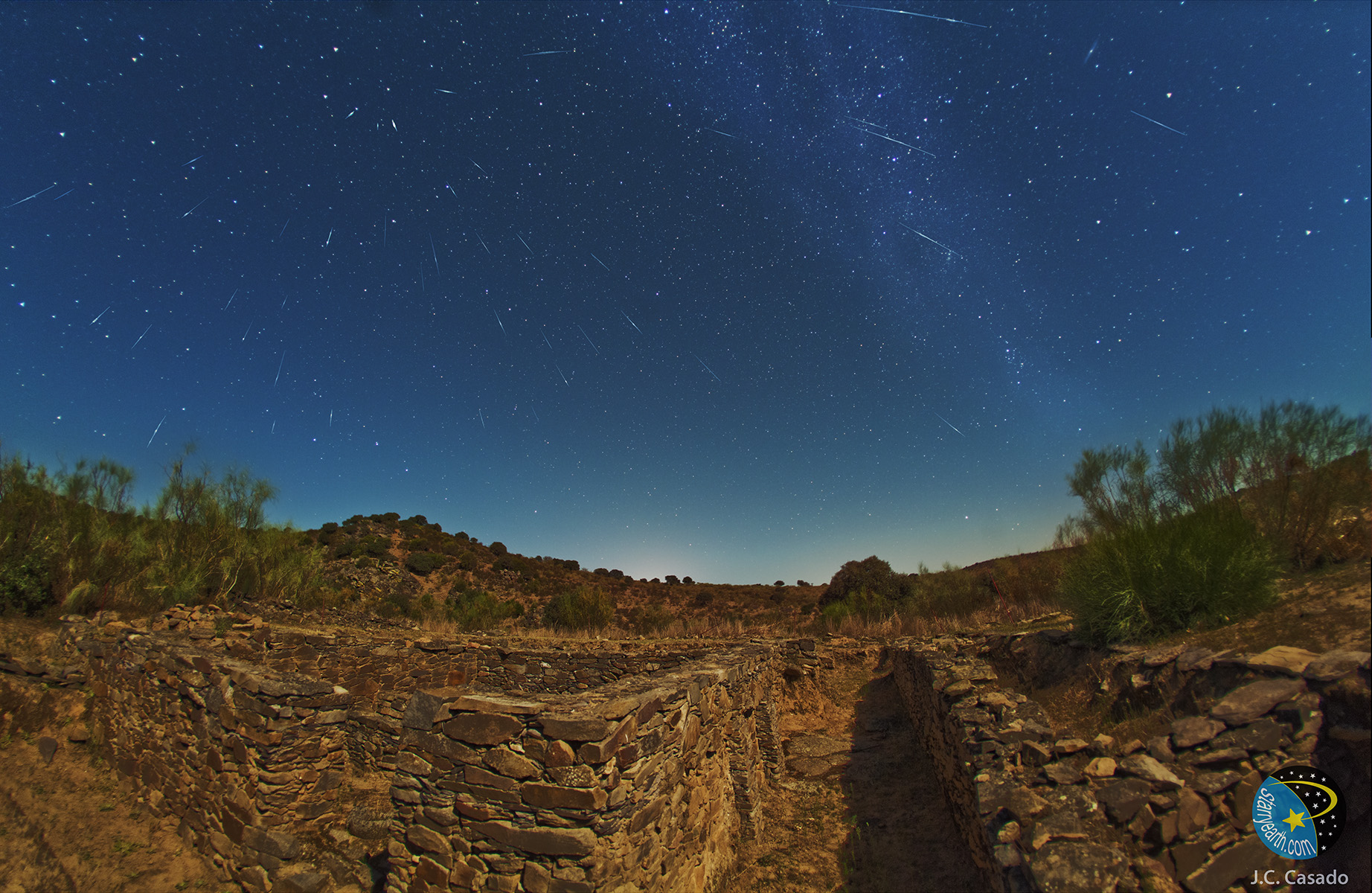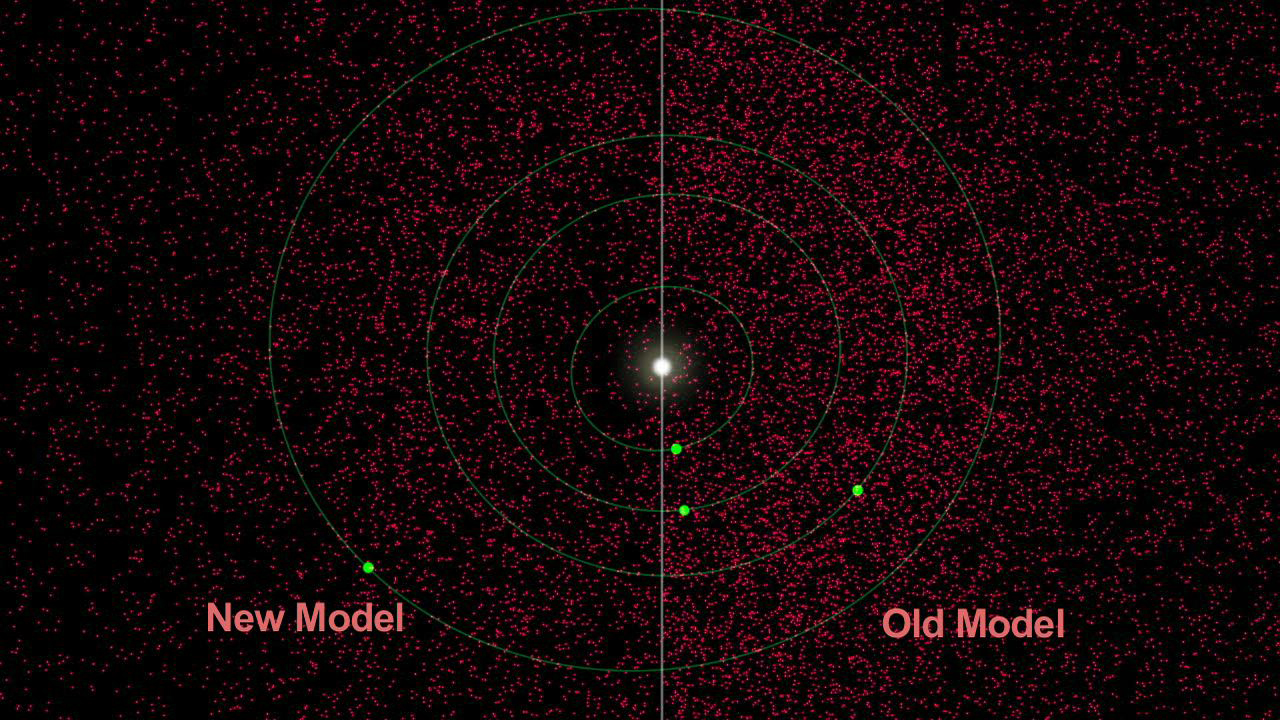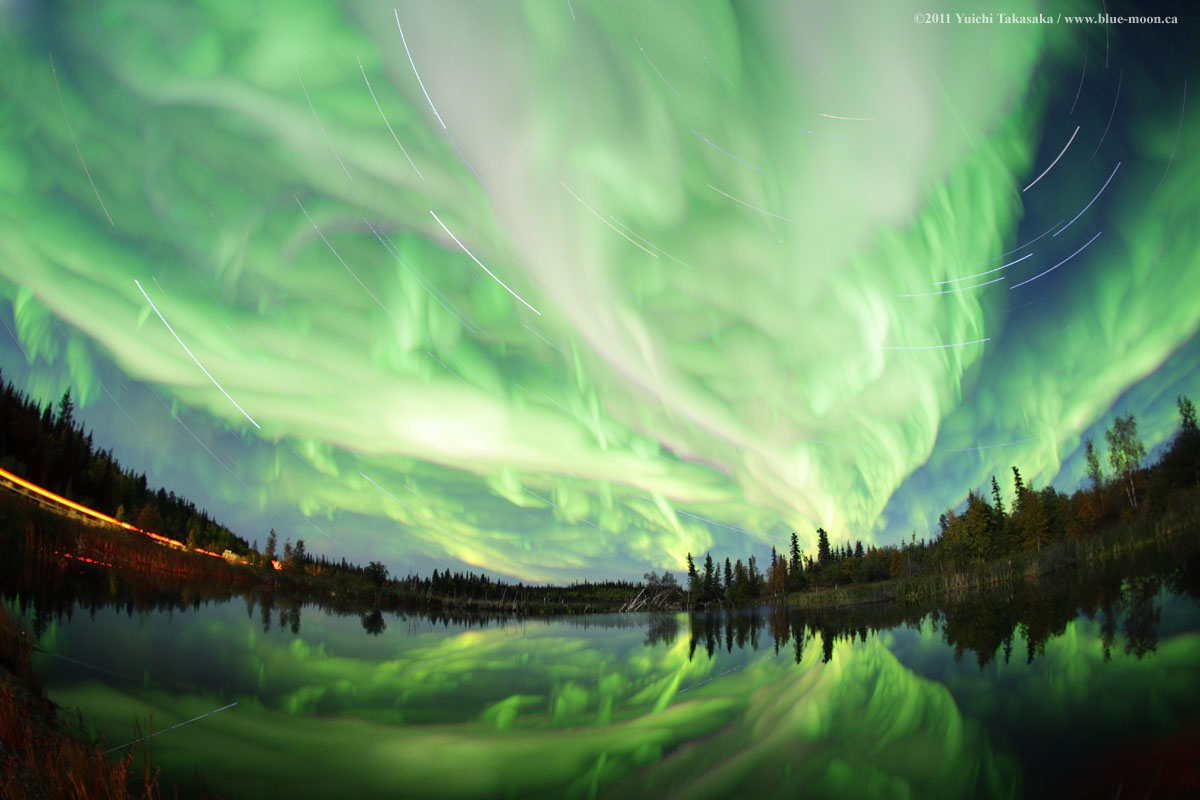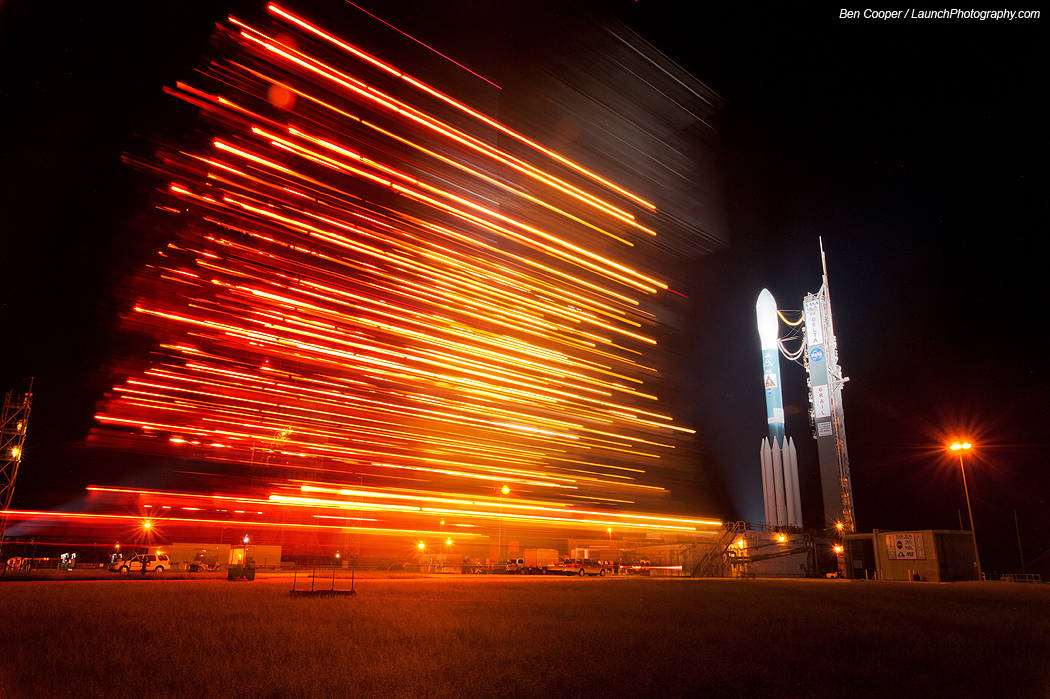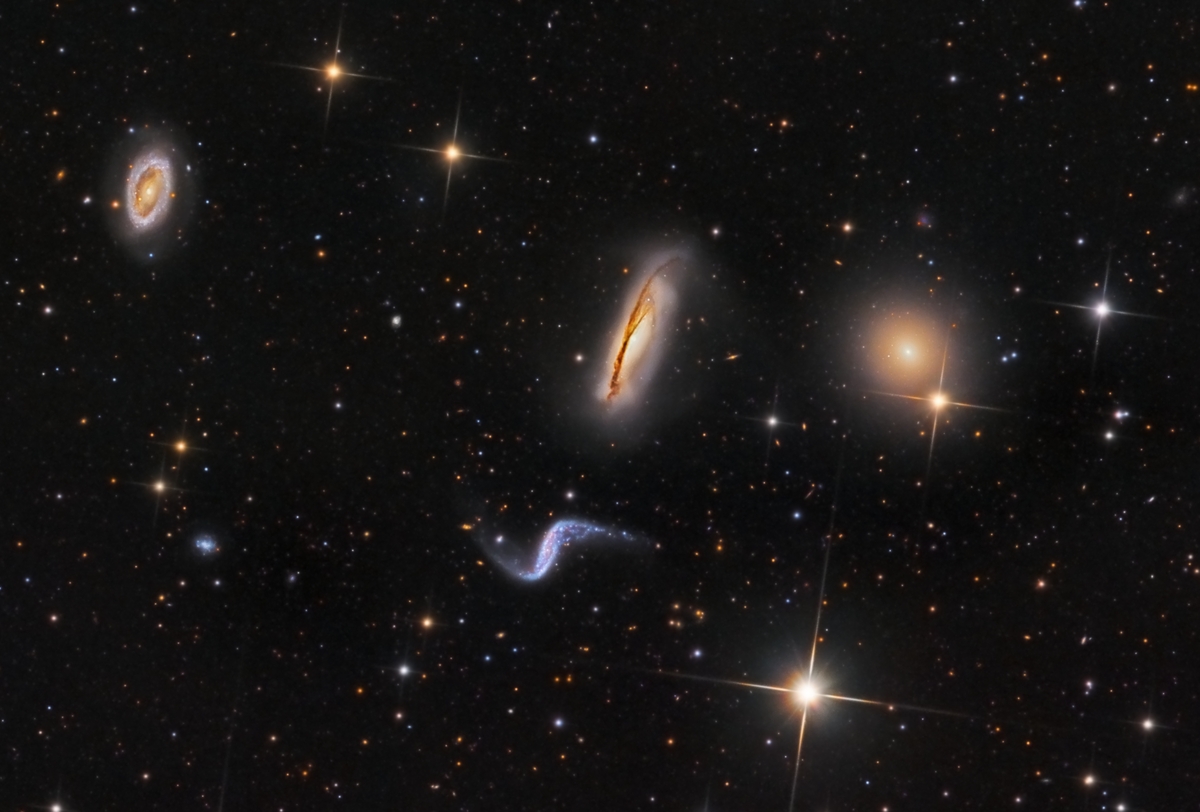Al-Biruni
Abu Rayhan al-Biruni was a man noted for many things. Among works in geography, chemistry, physics, history, and mathematics al-Biruni contributed heavily to the field of astronomy. His contributions were not inventions or theories but what could be considered the much more impressive offering of knowledge. Nothing is known about his ancestry or childhood, but what is known about his life has actual dates because of al-Biruni’s constant tracking of the locations of the stars. Between his contributions to astronomy and other subjects and the applicability of the new information he discovered al-Biruni’s importance is indisputable.
Even from a young age al-Biruni showed a great aptitude for learning as well as a distinctive lean towards astronomy. Born in 973 in Khwarazm, south of the Aral Sea, he calculated the terrestrial latitude of at Kath, a nearby large city, using a graduated ring to measure the meridian solar altitude. Al-Biruni then planned on doing the same with other major cities but was interrupted when a civil war broke out. Having been taught by Abu Nasr Mansur, a prince of the Banu Iraq family, he was a highly unwanted person seeing as the civil war was intended to overthrow that exact family. In great need of a safer place to reside al-Biruni was forced into hiding and eventually fled the area. Luckily enough this worked out extremely well for him as a want to learn more worldly concepts was sparked. Al-Biruni travelled for somewhere close to seven years learning multiple languages along the way, including Arabic, Turkish, Persian, Sanskrit, Hebrew, and Syriac. This travelling allowed him to follow through on his studies of geography and history, and gave way to him writing The Chronology of Ancient Nations- one of the only books of his era to be translated into material easily referenced in history and geography today.
After these extensive travels al-Biruni returned home to Kath in 997. This year is particularly notable because on May 24 he arranged an observation of a lunar eclipse with a colleague by the name of Abu’l-Wata. In comparing notes al-Biruni was able to determine the longitudinal difference between his location in Kath and Abu’l-Wata’s location in Baghdad. Techniques such as this were favored by him as they overlapped into the differing subjects he was interested in, such as geography and mathematics. Al-Biruni’s astronomical calculations were varied, but almost all of relevance to measurement and mapping. In 1009 he had returned to Khwarazm as a man highly regarded in the Islamic world. His encyclopedic writings were well known and appreciated at the time and lent more than a slight push toward his positions later in life. Upon this return to Khwarazm such positions were taken up. Al-Biruni became the councilor and court official to successors of Ma’mun the usurper. In addition to all of this he was made the court astrologer to Mahmud, where he was content for a few years before moving on to new studies.
Throughout his life al-Biruni made a myriad of contributions to astronomy. He invented the orthographical astrolabe, to view the globe’s hemisphere as it would be seen from outer space, and wrote over a hundred and forty five books, thirty six of which were astronomy-related. Al-Biruni has been honored in many ways. To name just a few there is the crater on the moon called al-Biruni, the renaming of Khwarazm as Biruni, and stamps bearing his image. Even to this day al-Biruni retains such high regards in the astronomical world because of the value of the information that he was able to provide.


